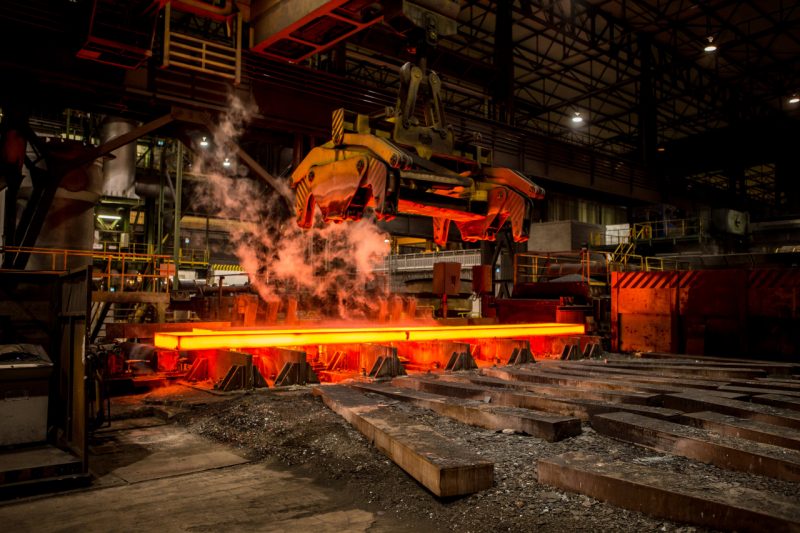
Salzgitter Postpones Green Steel Project Expansion Amid Market Challenges
German steelmaker Salzgitter has postponed further expansion of its green steel production project, Salcos, for three years. The project aims to cut CO2 emissions through hydrogen use, but slow hydrogen market growth and regulatory delays have hindered progress. CEO Gunnar Grebler confirmed the postponement, citing that economic conditions remain unfavorable and promised government regulations have yet to materialize.
The first phase of Salcos involves launching a 100 MW electrolyzer, a direct reduction plant, and an electric arc furnace, aiming for a 30% carbon emissions reduction by 2027. However, the company delayed later phases that target a 95% reduction until 2028-2029. This postponement allows Salzgitter to save roughly €1 billion in near-term investments amid uncertain hydrogen market developments.
Impact of Salzgitter’s Postponement on the Green Steel Sector
The delay highlights broader challenges in Germany’s hydrogen and green steel strategies. Other industry players like ArcelorMittal also suspended carbon-neutral plans due to high energy costs, raising concerns about the viability of the country’s hydrogen agenda. Salzgitter reported a 12.1% steel production drop and an 11% sales decline in the first half of 2025, resulting in a net loss of €88.9 million, worsening compared to 2024.
Salzgitter’s postponement signals caution in the green steel transition, underscoring the need for stable hydrogen markets and supportive policies. As hydrogen technology advances slowly, the steel industry faces an uphill battle in meeting climate targets without viable economic conditions.
SuperMetalPrice Commentary:
Salzgitter’s decision to delay Salcos expansion marks a critical juncture in the green steel transformation. The hydrogen market’s slow development and regulatory uncertainties hamper the sector’s progress. Investors and industry stakeholders should closely watch policy evolution and technological breakthroughs in hydrogen electrolysis and renewable energy. The company’s cautious approach may reflect prudent risk management amid volatile energy costs and shifting policy frameworks. This situation reinforces the importance of integrated strategies for decarbonizing heavy industries in Europe.


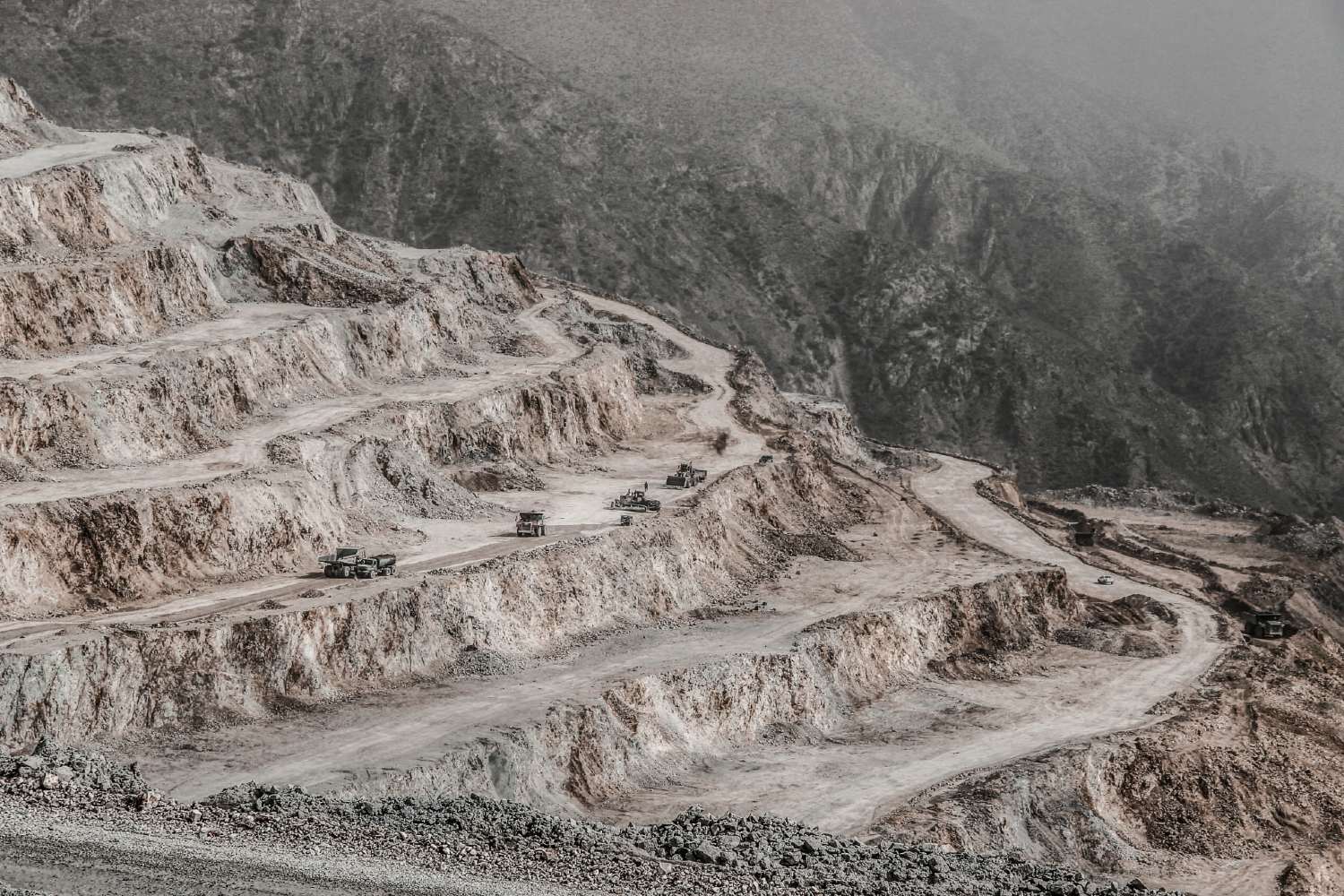
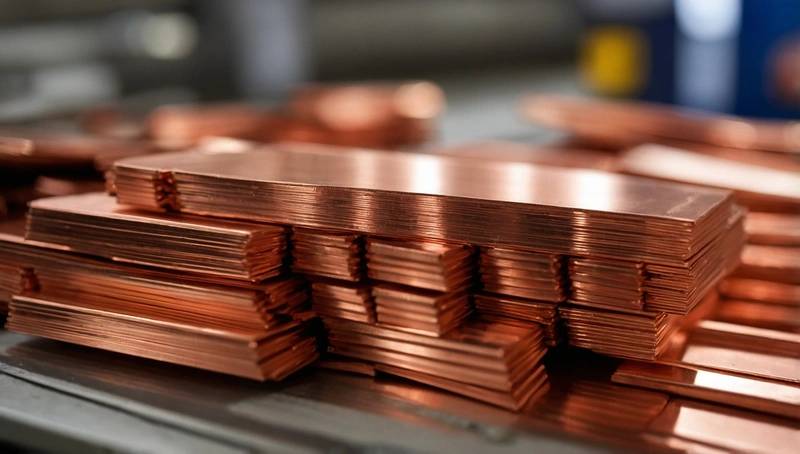



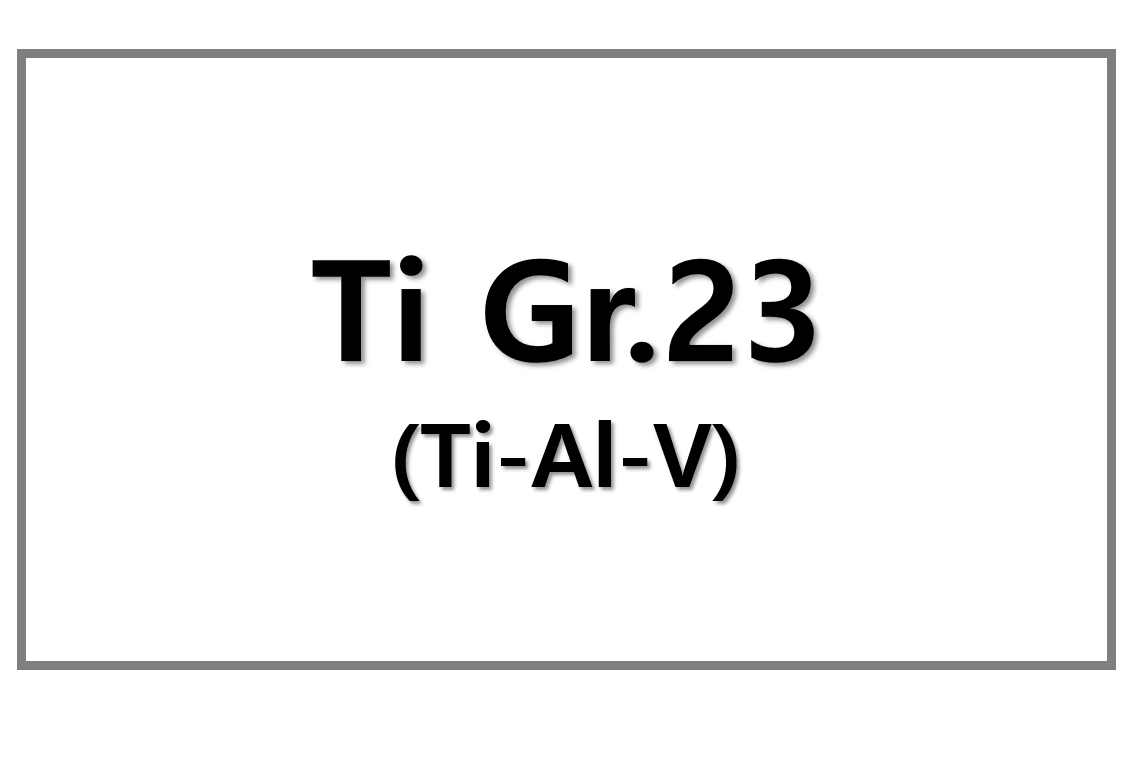
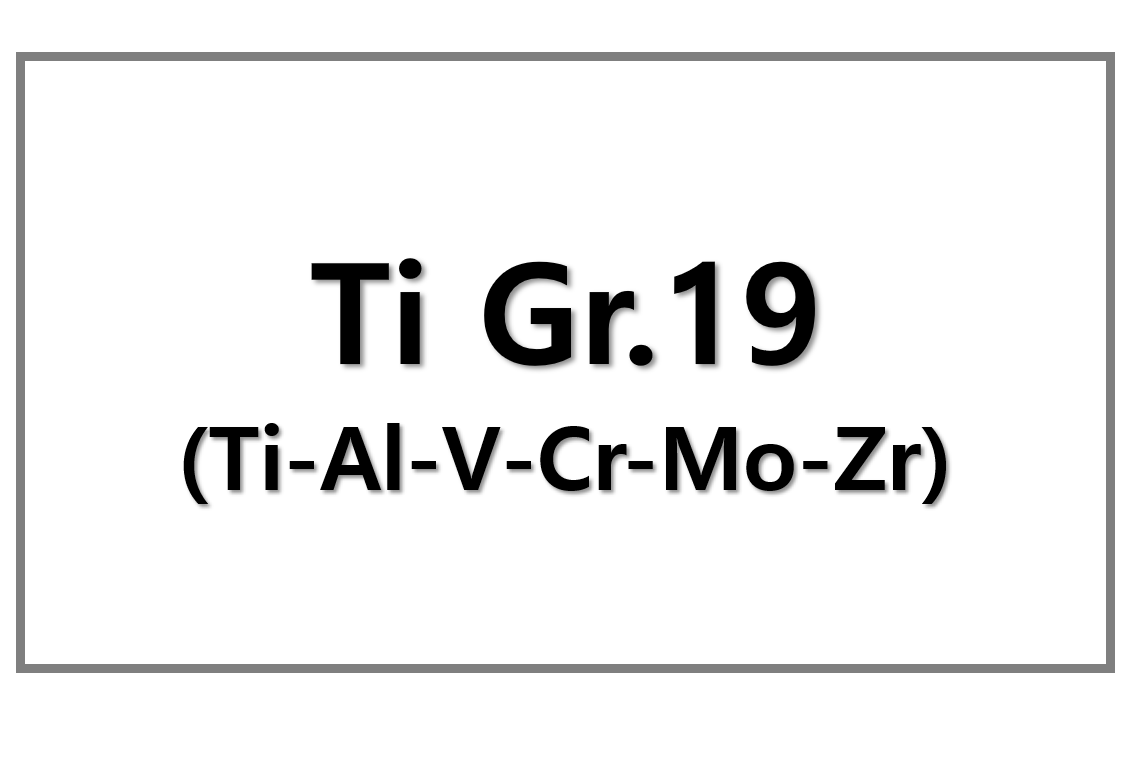
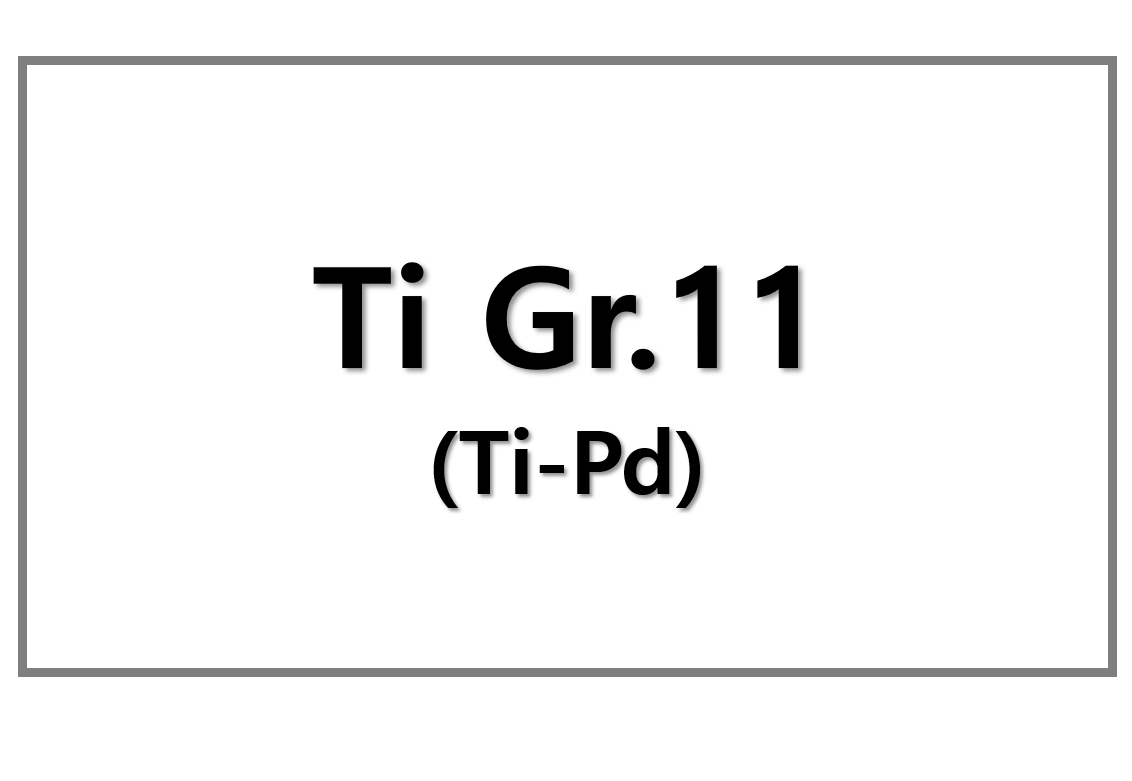
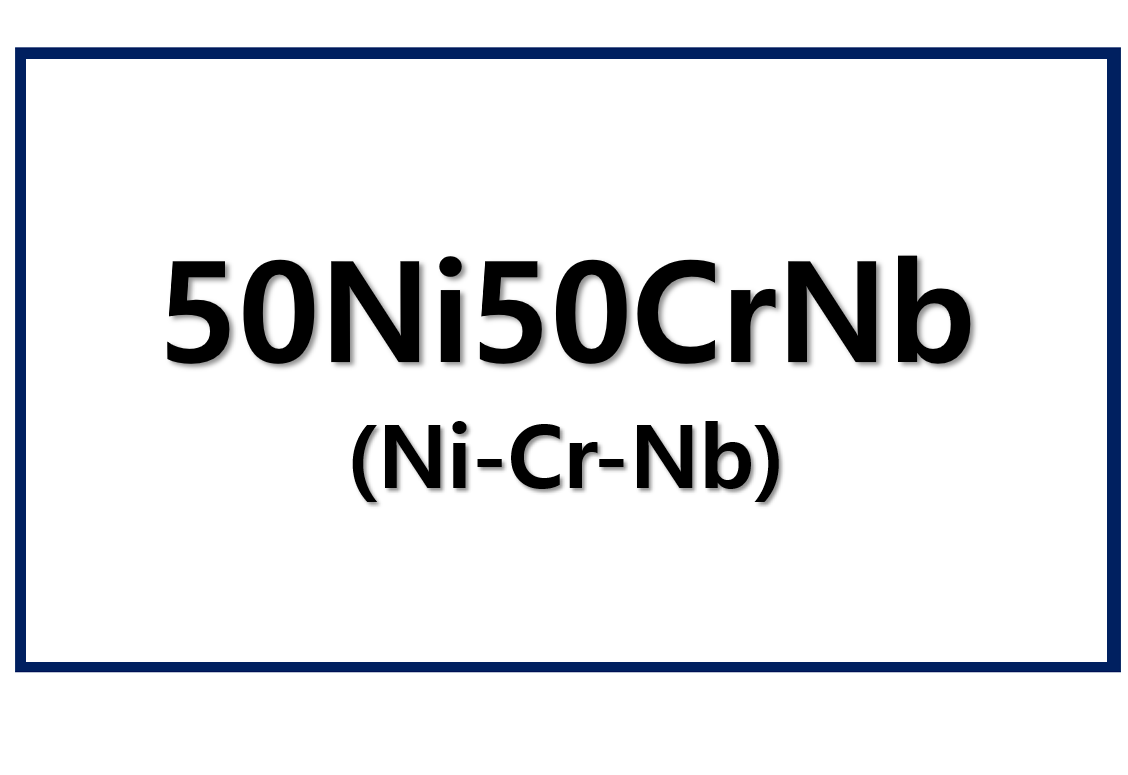
Leave a Reply
You must be logged in to post a comment.